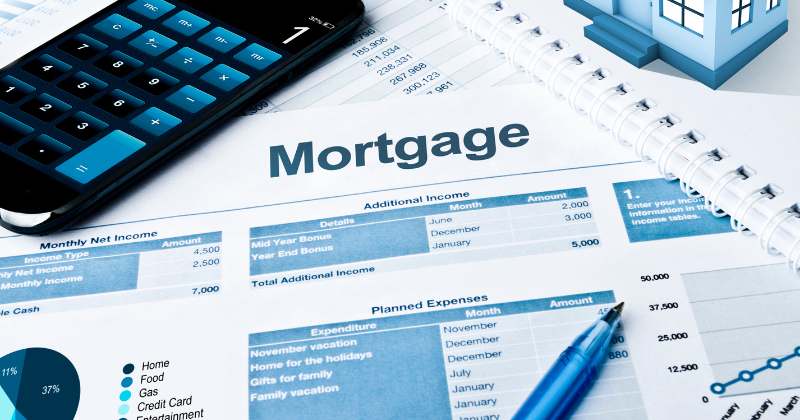In today's real estate market, eco-friendly home upgrades are not only beneficial for the environment but can also significantly increase your property's value. Canadian homeowners are increasingly seeking sustainable and energy-efficient solutions to enhance their homes. Here’s a look at some green home upgrades that can boost your property's marketability and value.
1. Energy-Efficient Windows and Doors

One of the most impactful upgrades you can make is replacing old windows and doors with energy-efficient models. High-performance windows and doors reduce heat loss, improve insulation, and lower energy bills. Look for products with ENERGY STAR® ratings to ensure optimal energy savings. Not only do these upgrades enhance your home's comfort, but they also appeal to eco-conscious buyers.
2. Solar Panels
Investing in solar panels is a substantial yet highly beneficial upgrade. Solar energy systems can significantly reduce or even eliminate electricity bills, providing long-term savings. Additionally, homes equipped with solar panels often sell faster and at a higher price. In Canada, various provincial incentives and federal rebates can offset the initial installation costs, making solar energy a viable option for many homeowners.
3. High-Efficiency HVAC Systems

Upgrading to a high-efficiency heating, ventilation, and air conditioning (HVAC) system can dramatically improve your home's energy efficiency. Modern HVAC systems use less energy to heat and cool your home, reducing utility costs and environmental impact. Consider systems with high SEER (Seasonal Energy Efficiency Ratio) ratings and programmable thermostats to maximize efficiency.
4. Insulation Upgrades
Proper insulation is crucial for maintaining a comfortable indoor environment and reducing energy consumption. Upgrading your home's insulation in areas such as the attic, walls, and floors can lead to significant energy savings. Eco-friendly insulation materials, such as cellulose or recycled denim, offer sustainable alternatives to traditional options.
5. Tankless Water Heaters
Traditional water heaters consume a considerable amount of energy. Tankless water heaters, on the other hand, provide hot water on demand and are much more energy-efficient. These systems heat water only when needed, resulting in lower energy bills and a reduced carbon footprint. Tankless water heaters are also compact and have a longer lifespan compared to conventional models.
6. Low-Flow Fixtures
Installing low-flow faucets, showerheads, and toilets can significantly reduce water usage without compromising performance. These fixtures help conserve water and lower utility bills, making them an attractive feature for environmentally conscious buyers. Additionally, many Canadian municipalities offer rebates for installing water-saving devices.
7. Green Roofing

Green roofing systems, such as living roofs or cool roofs, provide excellent insulation and reduce heat absorption. Living roofs are covered with vegetation, which helps regulate indoor temperatures, reduce stormwater runoff, and improve air quality. Cool roofs reflect more sunlight and absorb less heat, keeping your home cooler in the summer. Both options contribute to energy savings and enhance your home's sustainability.
8. Sustainable Landscaping
Eco-friendly landscaping practices can boost your property's curb appeal and value. Incorporate native plants, xeriscaping, and efficient irrigation systems to create a low-maintenance, water-efficient garden. Sustainable landscaping not only conserves water but also provides a habitat for local wildlife and reduces your carbon footprint.
9. Smart Home Technology

Integrating smart home technology can improve energy efficiency and appeal to tech-savvy buyers. Smart thermostats, lighting, and appliances can be programmed to operate more efficiently, reducing energy consumption and utility costs. These technologies also offer convenience and control, enhancing the overall functionality of your home.
10. Eco-Friendly Building Materials
When renovating or building, choose eco-friendly materials such as bamboo flooring, recycled steel, and reclaimed wood. These sustainable materials are not only better for the environment but also add a unique aesthetic to your home. Using green building materials can enhance indoor air quality and appeal to buyers looking for eco-conscious living spaces.
Investing in green home upgrades not only benefits the environment but also increases your property's value and appeal to a growing segment of eco-conscious buyers. From energy-efficient windows and solar panels to sustainable landscaping and smart home technology, these eco-friendly improvements can transform your home into a more sustainable and valuable asset. By making thoughtful, green renovations, you can enjoy the immediate benefits of lower utility bills and enhanced comfort, while also positioning your home as a desirable, high-value property in the competitive Canadian real estate market.
Also Read: How to Choose the Right Real Estate Agent in Canada: Tips for Finding Your Perfect Match
%20(1)%20(1)%20(1).png)
%20(1).png)













